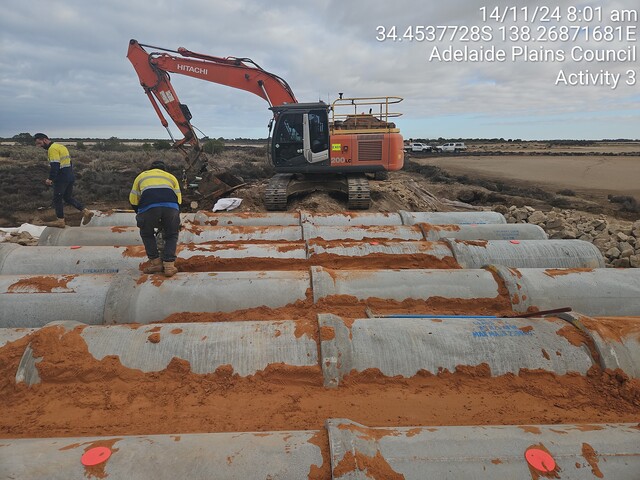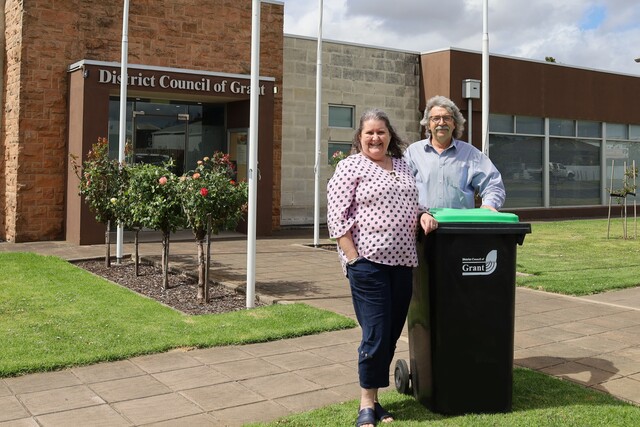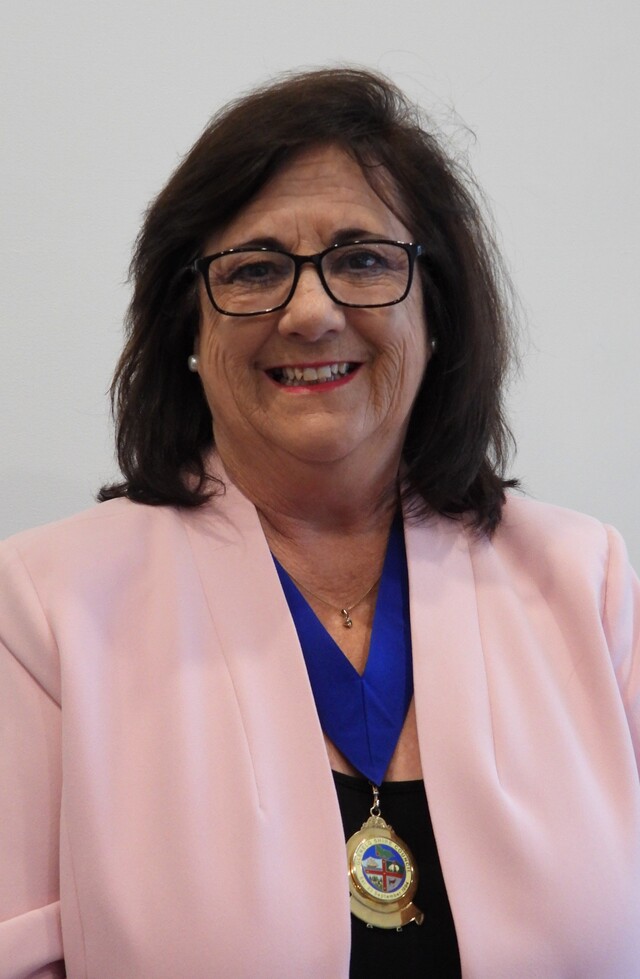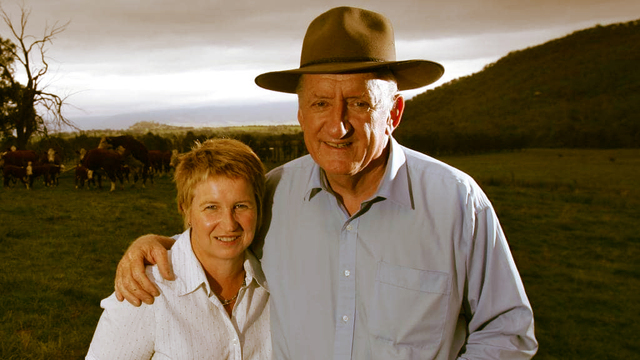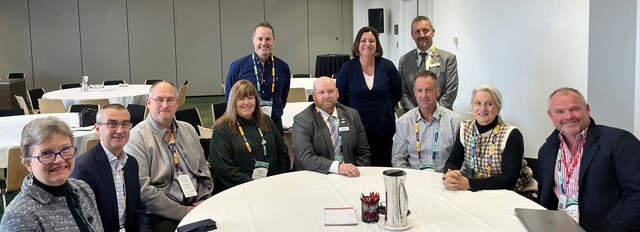Glamorgan Spring Bay Council’s municipality reads like a tourist brochure, encompassing the Tasmanian coastal seaside towns of Buckland, Orford, Maria Island, Triabunna, Swansea, Bicheno and Coles Bay. The municipality also stretches along the coast to include the stunning Freycinet National Park and ‘The Hazards’. The resort town of Bicheno, however, used to have a sewerage lagoon that often failed to meet national standards for the treatment of waste water, and residents were in the habit of boiling tap water to kill any lurking health risks. That was until recently.
Bicheno, like many small coastal communities in Tasmania, had a history of sewage and drinking water problems. However, the town’s Old Mines Lagoon has been overhauled and a new water treatment plant installed thanks to $650,000 in funding from the Natural Heritage Trust. With matching funding from the Glamorgan Spring Bay Council, the project has allowed treated lagoon water to be pumped to a new holding pond near the Bicheno Golf Course where it is re-used for irrigation. Part of Glamorgan Spring Bay Council’s vision is to support sustainable development and natural resource management.
Council’s then water and sewerage supervisor, Rod Liversidge, said the new sewage lagoon was large enough to keep pace with Bicheno’s growing population. “The old single lagoon had trouble keeping up with the demand,” Rod said. “In periods of heavy rain, there was always the risk of run off and contamination of the local marine environment. Now we have three lagoons capable of treating sewage to a very high level. Treated grey water irrigates the fairways of the local golf course, which may expand to 18 holes with the extra water. They reckon it’s one of the best golf courses in Tasmania!” Heavy rains and run off also affected Bicheno’s water supply.
“After rain, the turbidity levels in the Apsley River would skyrocket. With no filtration, Bicheno’s drinking water was pretty murky,” Rod said.
The Bicheno project was part of the Clean Quality Water Programme, a joint Australian and Tasmanian Government initiative that has helped 38 regional communities remove pollution from waterways and conserve drinking water by installing new sewage lagoons, water supply systems and waste water re-use systems. The Natural Heritage Trust has provided $11.25 million in funding for the programme, supplemented by $23 million from Tasmania’s local communities through their Councils and State Government.
Manager of the Clean Quality Water Programme, Max Giblin, said in the past five years the programme had allocated $34 million in one of the most significant regional water and waste water environmental improvement programmes the State has seen.
“This has been a very worthwhile programme for Tassie, which has more small communities than other States,” Max said. “Unlike large cities, these small towns lack the necessary resources for major capital works. We now have an ideal situation where most of the towns involved have modern waste water treatment lagoons that are turning sewage into grey water for re-use and there is zero discharge into local waterways.”
The significant environmental benefits associated with reduced levels of pollution in Tasmania’s waterways, bays and estuaries are having flow on benefits for other industries that rely on improvements to water quality, such as aquaculture, agriculture and tourism. These projects are also generating substantial direct employment in areas such as engineering, project management, plant operating and farming. The communities have been revitalised.
Glamorgan Spring Bay Council supports environmental activities under the Natural Resource Management programme, the Australian Government’s biggest environmental rescue package, which is funded by the $3 billion Natural Heritage Trust and the $1.4 billion National Action Plan for Salinity and Water Quality.
For more information about Natural Resource Management visit www.nrm.gov.au
For details on Glamorgan Spring Bay Council’s NRM projects contact Melanie Kelly on (03) 6256 5056.



